Like A Dragon: Ishin brings that Yakuza flair regardless of the era
Yakuza + samurai swords = fun.
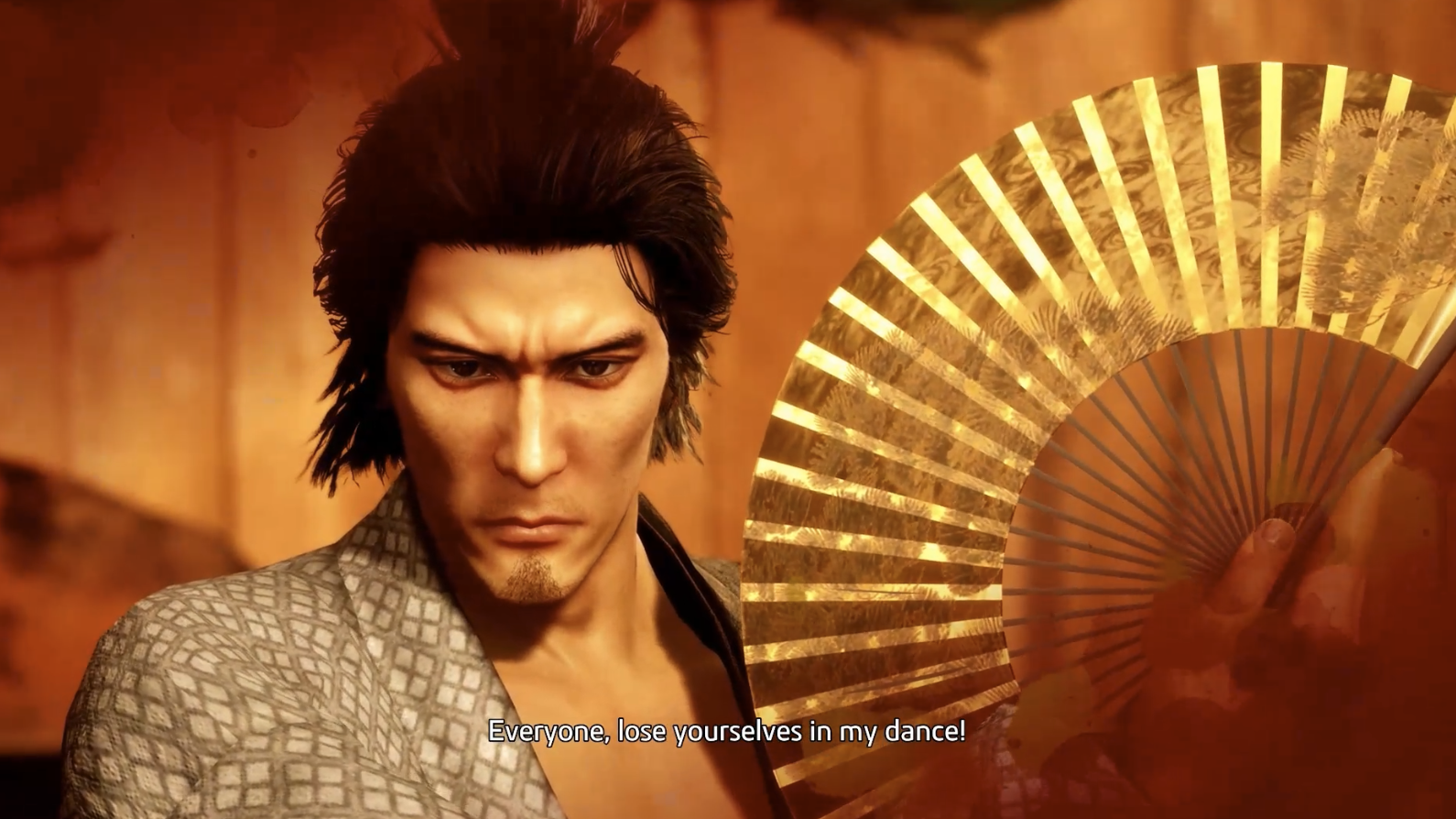
The Yakuza series taught me how to be a Japanese mobster: every day I get up, suplex 25 guys who were rude to me on the street, hit the batting cage, eat cheeseburgers and sing karaoke. Now, thanks to the new remake of Like a Dragon: Ishin, I also know exactly what it was like to be a yakuza in 1867: Sword fight 25 guys every day, bet on chicken races, and perform seductive fan dances. It might not be historically accurate, but who cares, honestly.
This spin-off puts you in the robes of Sakamoto Ryoma, a noble swordsman framed for murder looking to clear his name. Being framed for murder is a plot thread in most of the Yakuza games, and Ishin keeps things familiar despite being set 150-ish years before most of the series.
Ishin is not quite remake nor remaster of 2014's Ryu Ga Gotuku: Ishin, which was never localized outside of Japan. While the core narrative remains the same, the combat and graphics have been rebuilt in Unreal Engine 4. You might notice from trailers and screenshots that Ryoma bears a striking resemblance to the Yakuza series' protagonist, Kazuma Kiryu. Ishin is what RGG Studio calls "historical fiction," with some of the series' favorites playing the roles of actual historical figures as if it were a stage play. This winking, theatrical casting means every time a recognizable face from the series shows up, it feels like a nice little treat for long-time fans, like a celebrity cameo in a sitcom.
You can imagine my cheesy grin when eye-patched psychopath and showman, Goro Majima, showed up in my demo, covered in blood and screaming like a lunatic. This version of Ishin updates the cast to include characters from Yakuza 0 and Yakuza: Like A Dragon. I won't spoil which ones, but they are some fan favorites.
Ishin includes a relationship flowchart that I now want in the next mainline Like a Dragon game (the English name the Yakuza series will be using going forward). The flowchart fills in as you progress through the story, telling you how each character relates to another. It's a good reminder of which people are friends, rivals, and enemies, and how you relate to them all. More big RPGs with lots of characters could use this sort of reference.
I ran through chapter three of Like A Dragon: Ishin, where Ryoma is attempting to infiltrate the Shisengumi, a special military police force, in hopes of revealing the identity of the assassin who framed him for murder. After a couple of sword fights, Ryoma finds himself part of a larger mystery.
In the 1860s, sword fights are apparently key to solving mysteries. There's no shortage of bandits, thugs, and bad samurai out to try to ruin your day, but Ryoma has four different combat styles to defend himself with:
Keep up to date with the most important stories and the best deals, as picked by the PC Gamer team.
- Swordsman is for up-close hacking and slashing
- Gunman lets you sit back and fire away at enemies with your revolver filled with elemental bullets
- Wild Dancer is a combination of the two, giving Ryoma more nimble movements and better evasion but lighter attacks
- Finally, and most familiar to Yakuza veterans, is the Brawler combat that lets you beat up and grab fools with your fists. Brawler is the only style that enables you to pick up objects in the world and use them as a weapon during a fight
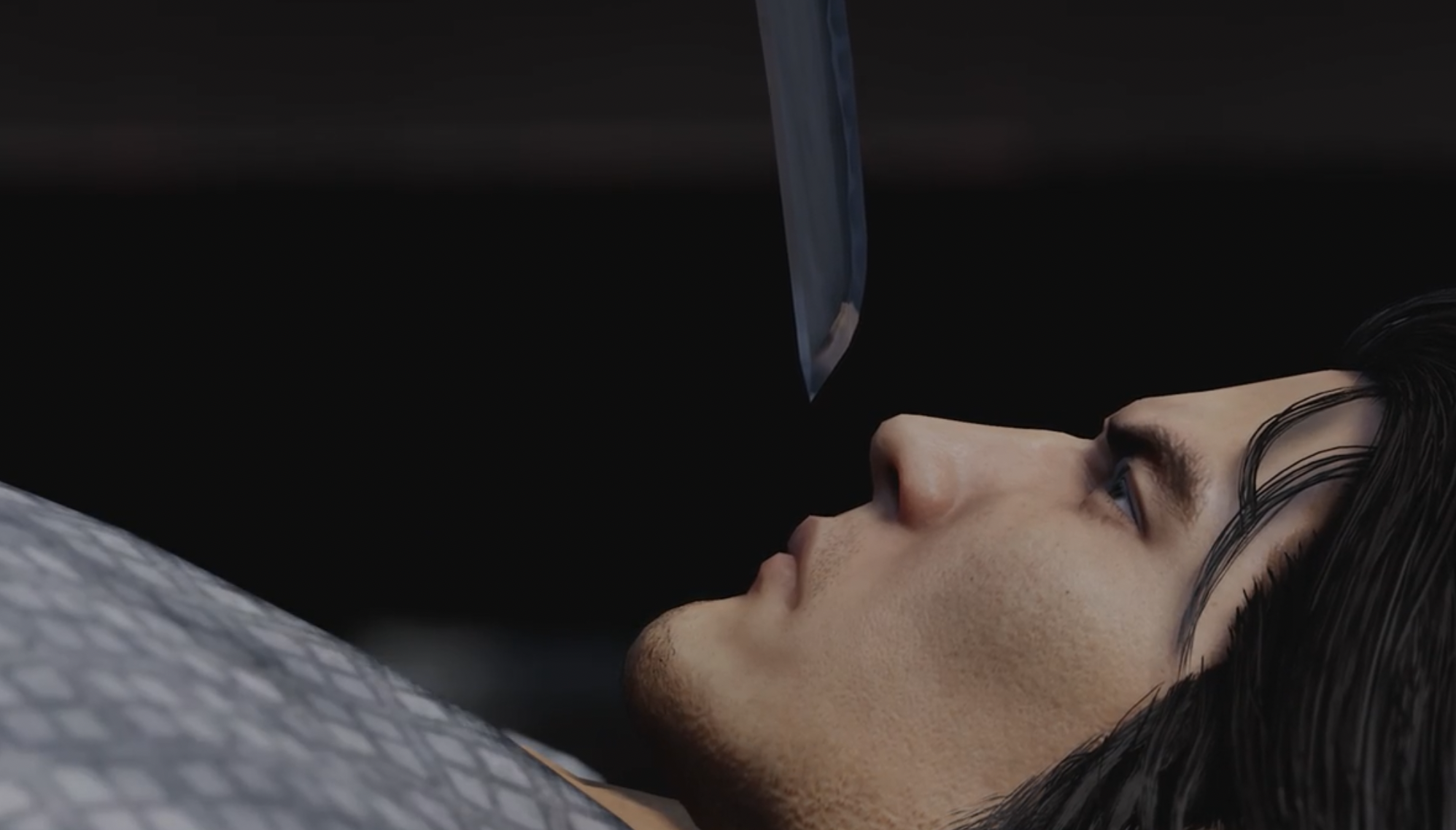
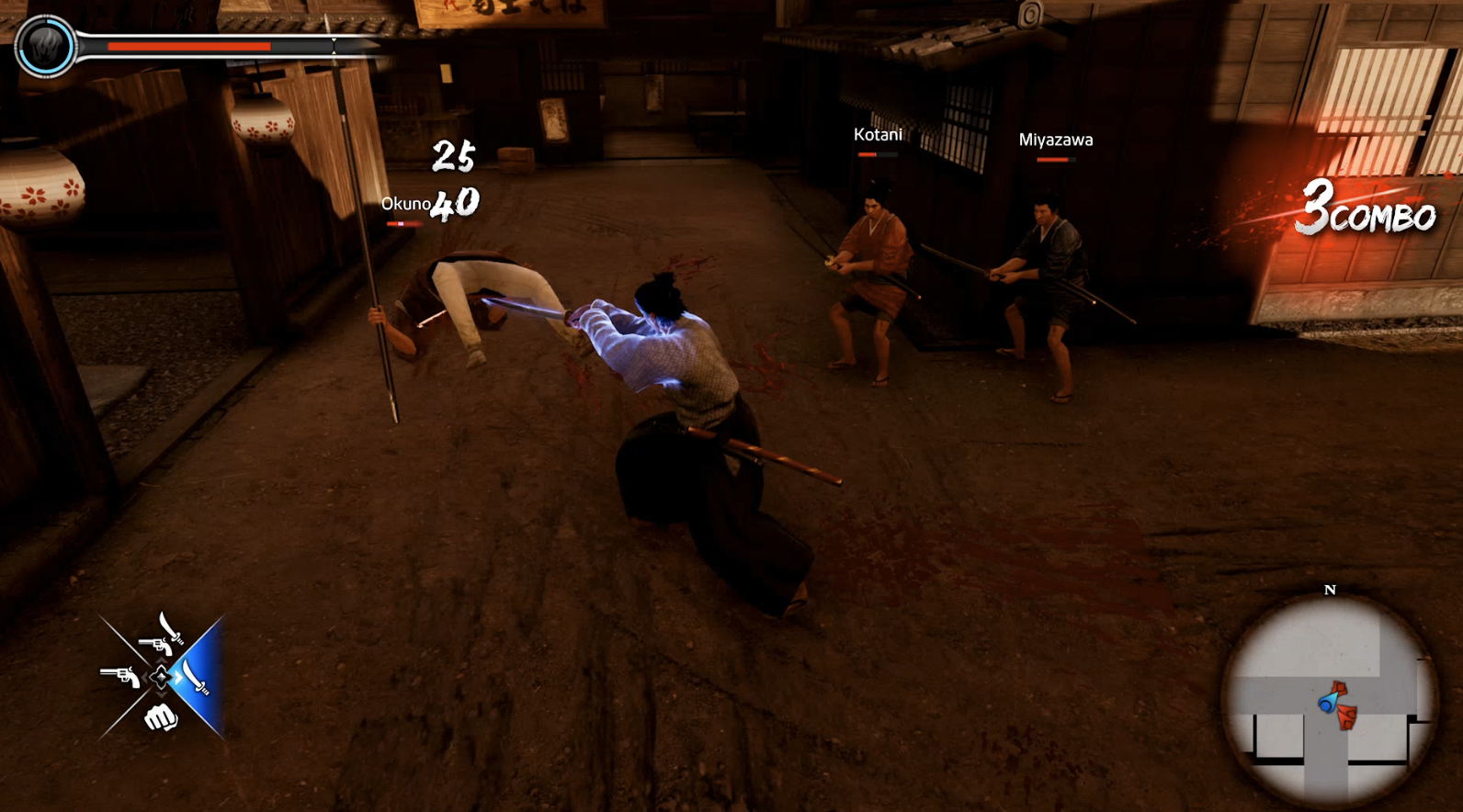
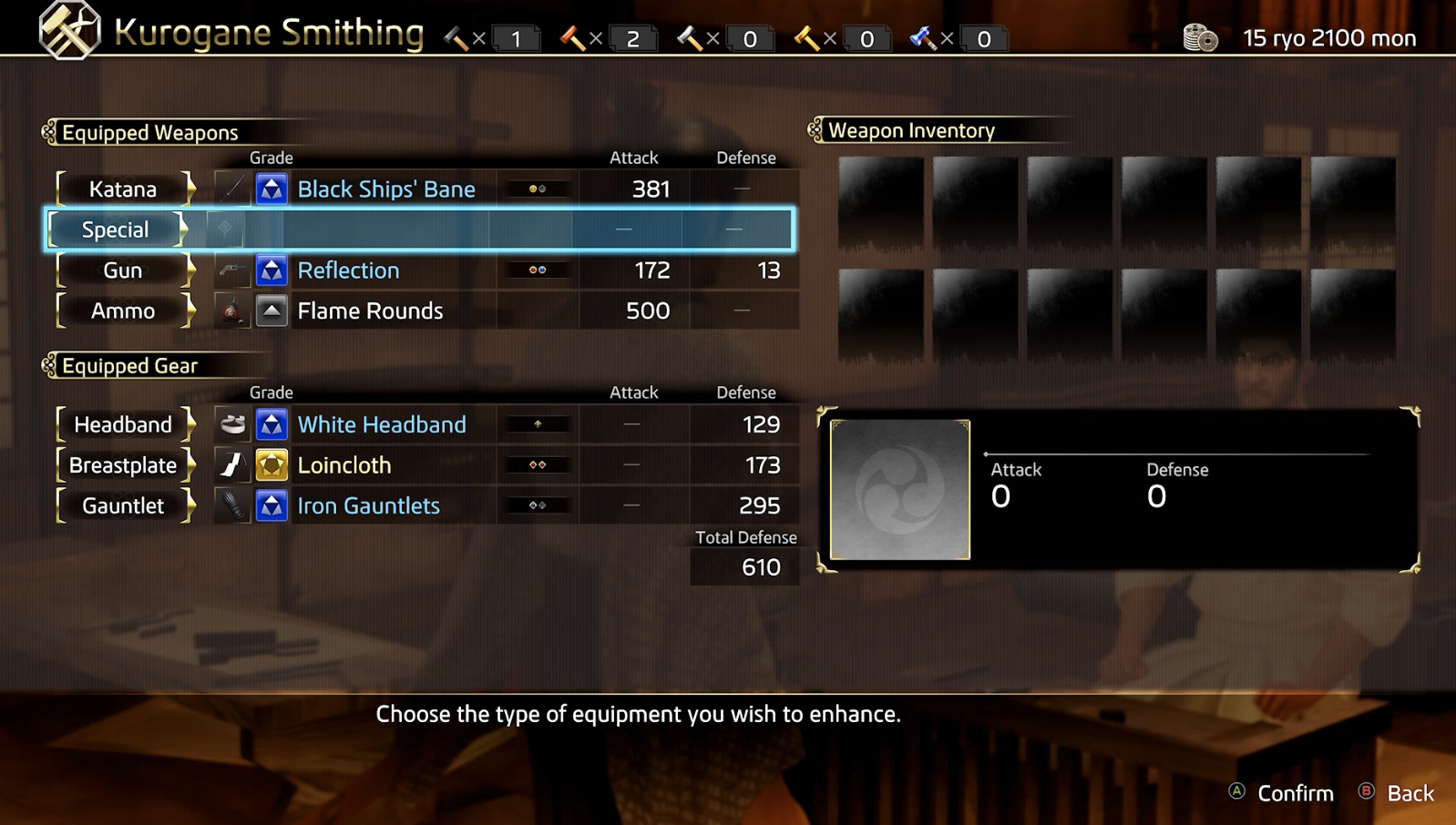
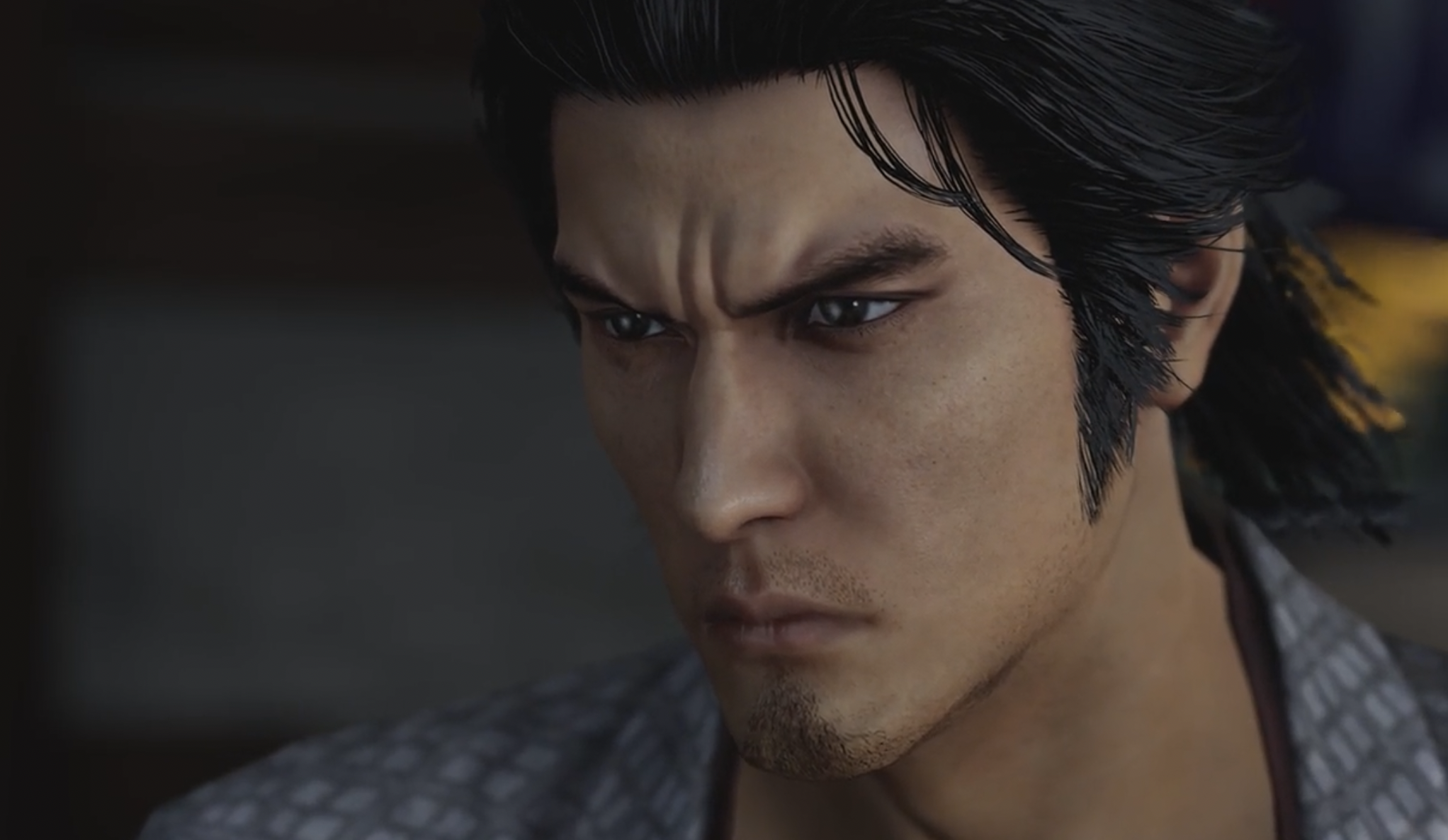
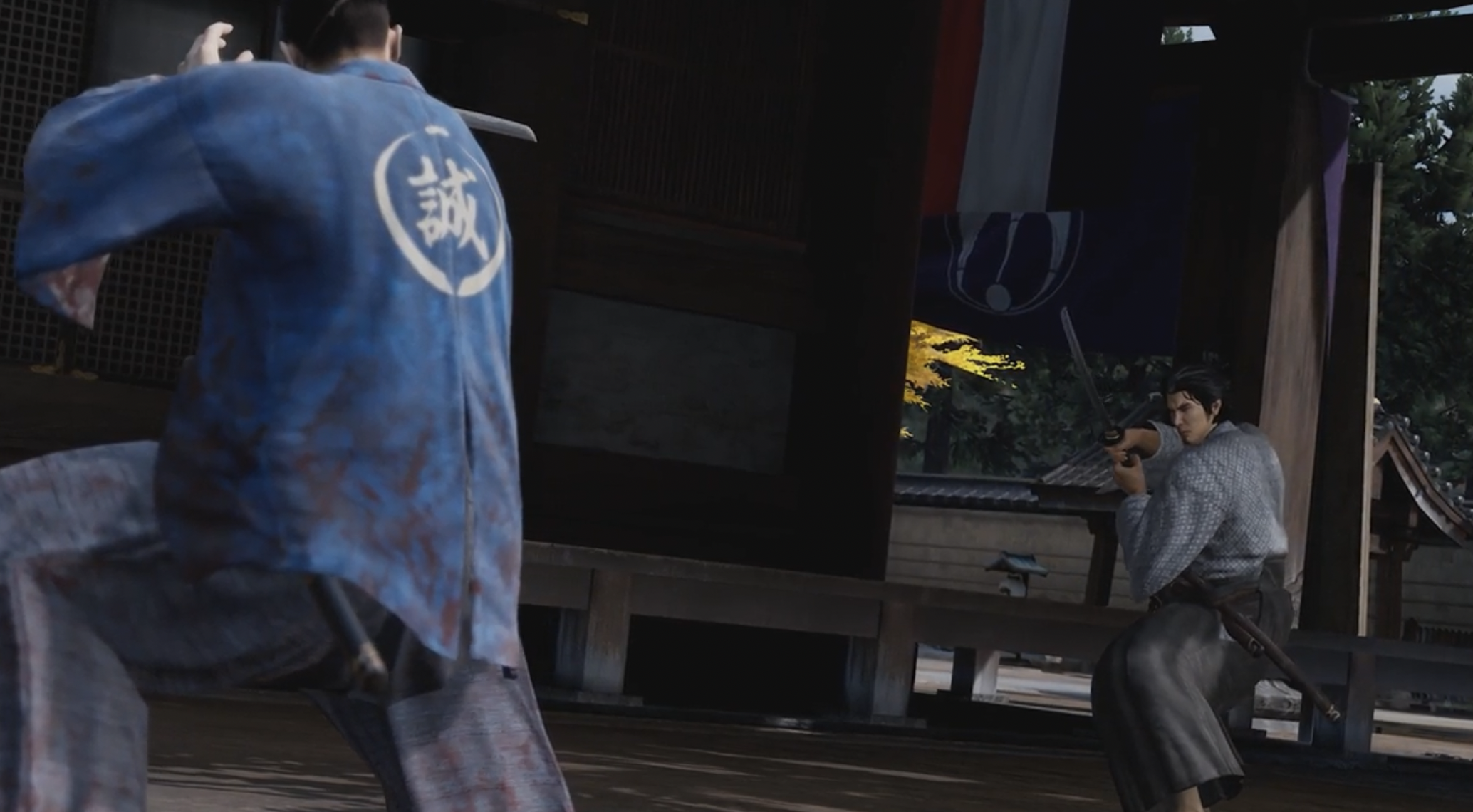
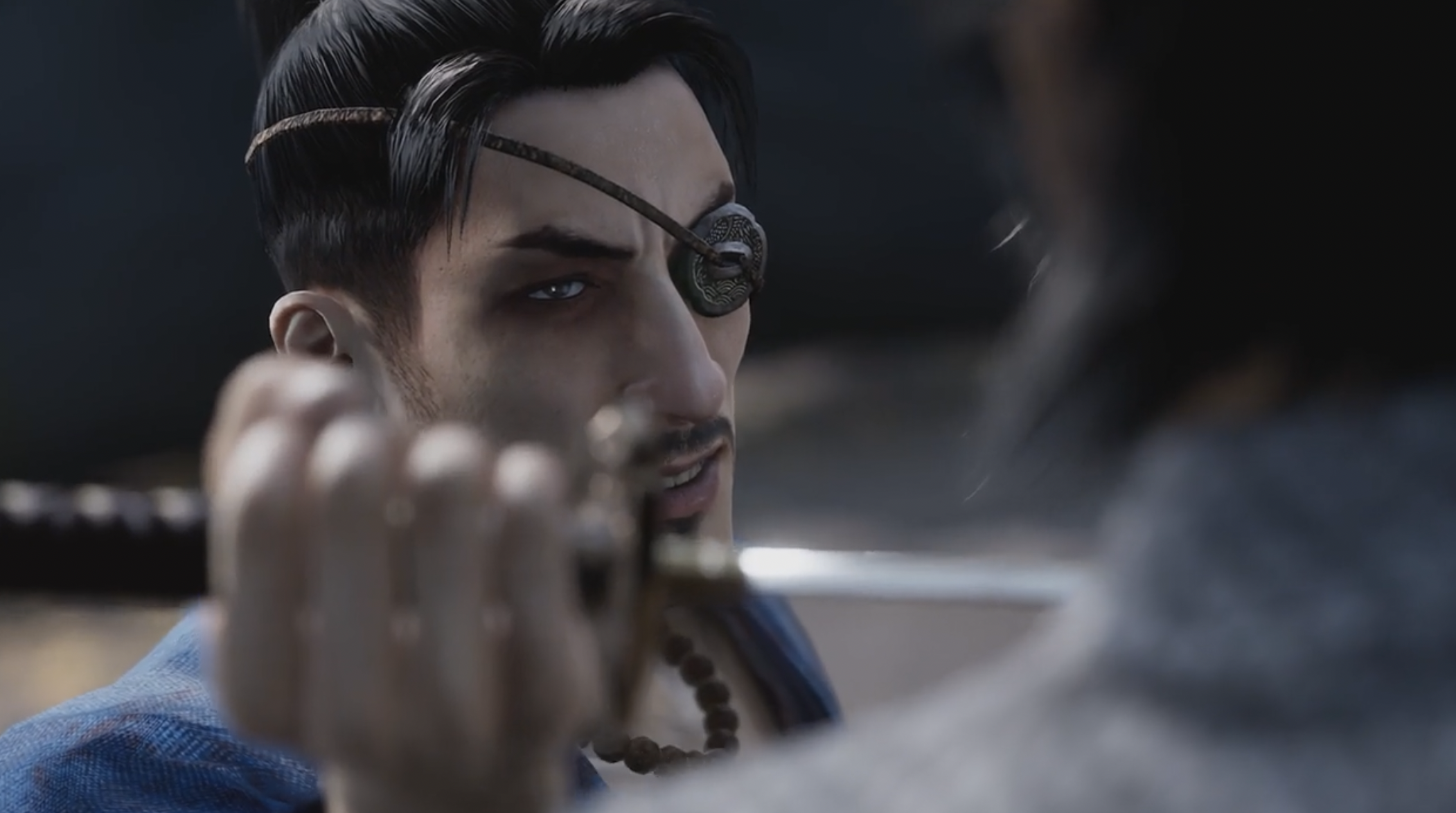
I found the ranged combat styles let me create some much-needed space against aggressive enemies like bosses. The ability to twirl-dodge away from foes after whacking them a few times with sword strikes and then firing at them from a distance became my go-to tactic for most of the demo.
As fun as Swordsman and Brawler were, I had to be more deliberate with my attacks since dodging with them is significantly slower. Yakuza's hilarious but brutal "Heat Actions" return, special attacks that let you pull off exaggerated moves like hitting a guy with the business end of your sword and then stomping his face with your sandaled foot. Others incorporate the environment, like picking up a guy and tossing him into a creek, which never gets old. None of these attacks are fatal, as Ryoma doesn't kill people. He just beats them within an inch of their lives like a feudal-era Batman.
The combat can feel disjointed and clumsy when fighting groups of enemies, though. There's no effective way to lock on to multiple opponents in big group fights. I also found it odd that using a healing item requires you to pause the game and dig through menus instead of being bound to a shortcut. This breaks the flow of combat, especially in boss fights that require you to lock in and focus on their patterns.
During one boss fight, I was repeatedly cut down by a flurry of cheesy sword slashes because I kept forgetting to press the guard button after I left the menu to heal after being hit by that same attack only seconds before. (I was annoyed in the moment, but the sword slashes did look cool.)
I'd argue that the best parts of any Yakuza game are the minigames and sidequests you can lose yourself in when you're not fighting, ranging from silly to horny to just plain weird. This game is no different, sprinkling loads of absurd activities on top of the samurai revenge melodrama. There are the usual gambling parlors where you'll play mahjong. You can help an older man who scams you into chopping wood for money by faking a back injury. But I think you'll end up making (or losing, in my case) your fortune betting on chicken races. I am completely ready to ride all my hopes and dreams on a chicken named "Thigh Will Be Done." *Chef's kiss*
There's also a singing bar where Ryoma will showcase his pipes and another where you'll show off his sensual fan dancing skills. I only got to play Ishin for part of an afternoon, but I'm confident watching this giant stoic samurai singing a Japanese love ballad or shaking his hips will stay funny for at least 100 hours.
The city of Kyo was a bit of a letdown after the recent Yakuza games, though, as the section I had access to felt less lively than present-day Kamurocho. Outside of busy hubs, all of the back alleys and side streets felt very similar and didn't entice me to explore. That's a shame, because casual wandering is how you'll come across the delightful sidequests. I'm hopeful that later chapters give me access to areas with a bit more life.
I did still manage to stumble into some goofy encounters in my short demo, and completed around five sidequests that had me constantly chuckling. One had me running through the markets in my underwear, chasing a clothes thief; it then turned into a stealth mission as police were trying to hunt me, thinking I was a pervert. Another had me save a man from a gang of dancing protestors, and another had a painfully dull woman quiz me on her painfully dull life. I did not pass.
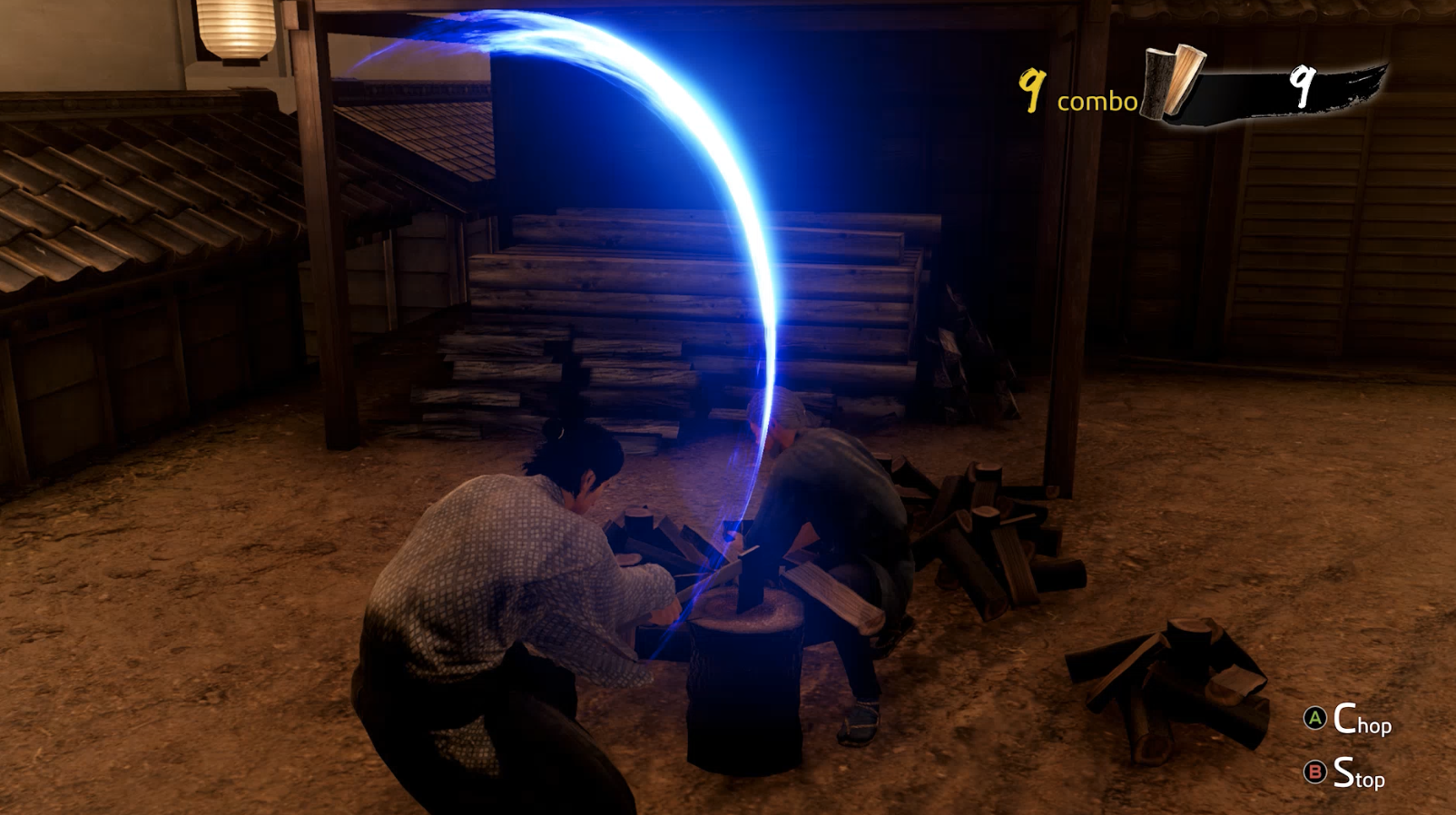
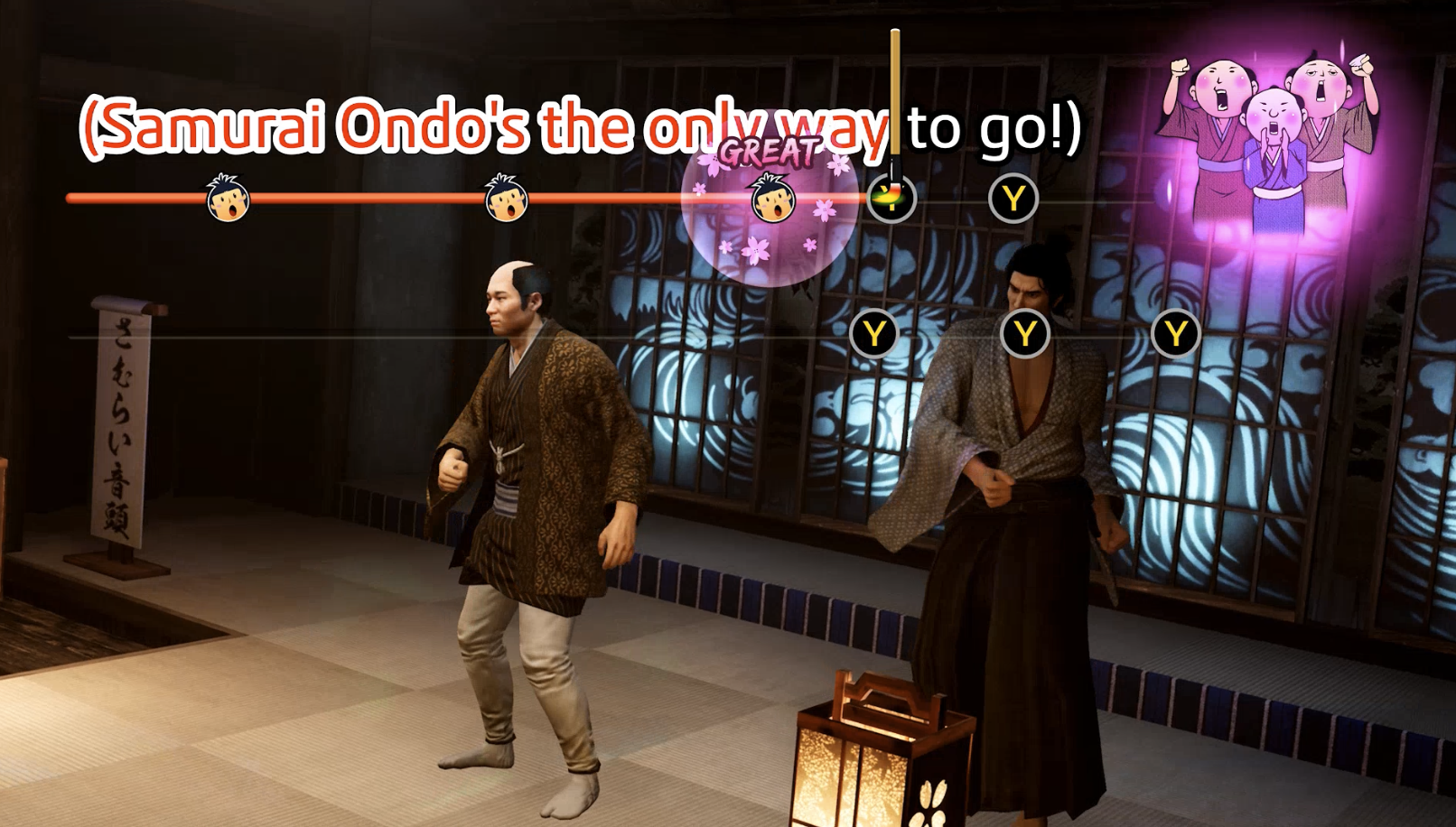
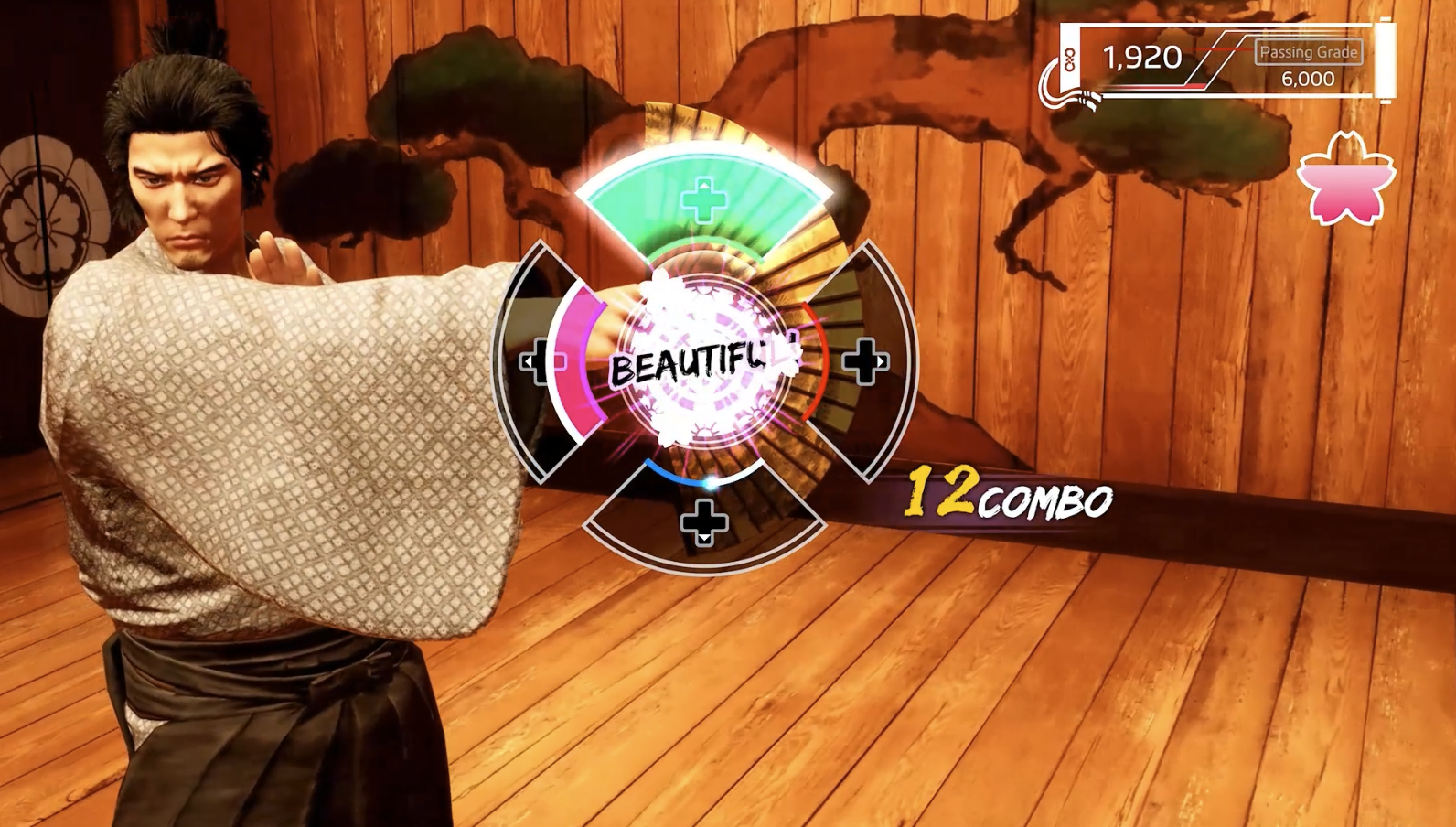
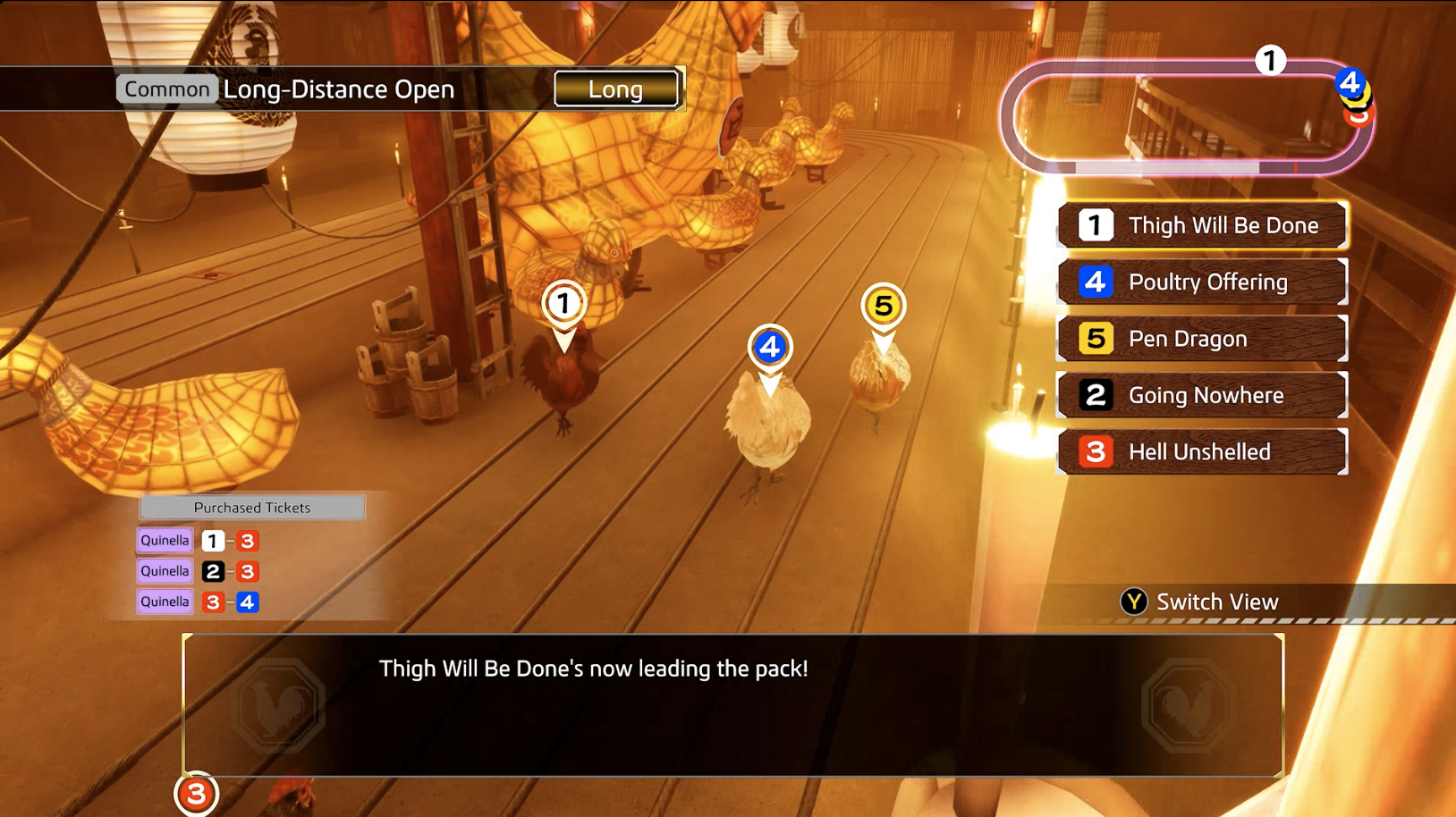
The payoff for these quests is almost always funny or heartwarming character moments, which are a big part of what's made RGG Studio's games so beloved. I've always loved the optimistic tones of these quests, especially since they offset the dramatic and violent story. They make for a good palette cleanser after watching dudes stab each other with katanas for 10 minutes straight.
Like A Dragon: Ishin seems to have all the humor, heart, and drama I want in a Yakuza game. It's due out February 21, with pre-order early access on February 17 for the Digital Deluxe Edition.

Jorge is a hardware writer from the enchanted lands of New Jersey. When he's not filling the office with the smell of Pop-Tarts, he's reviewing all sorts of gaming hardware, from laptops with the latest mobile GPUs to gaming chairs with built-in back massagers. He's been covering games and tech for over ten years and has written for Dualshockers, WCCFtech, Tom's Guide, and a bunch of other places on the world wide web.

